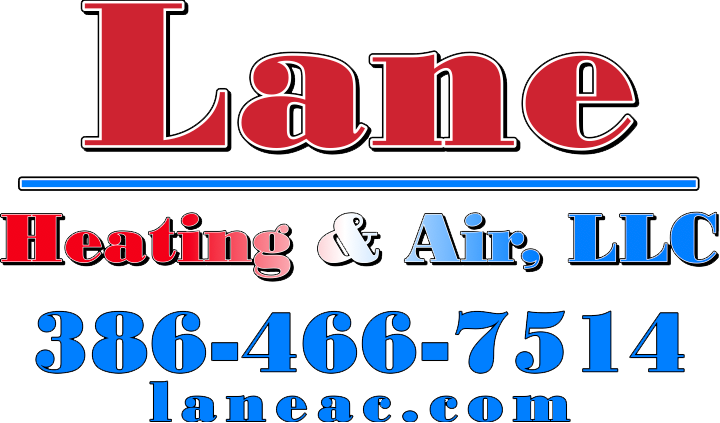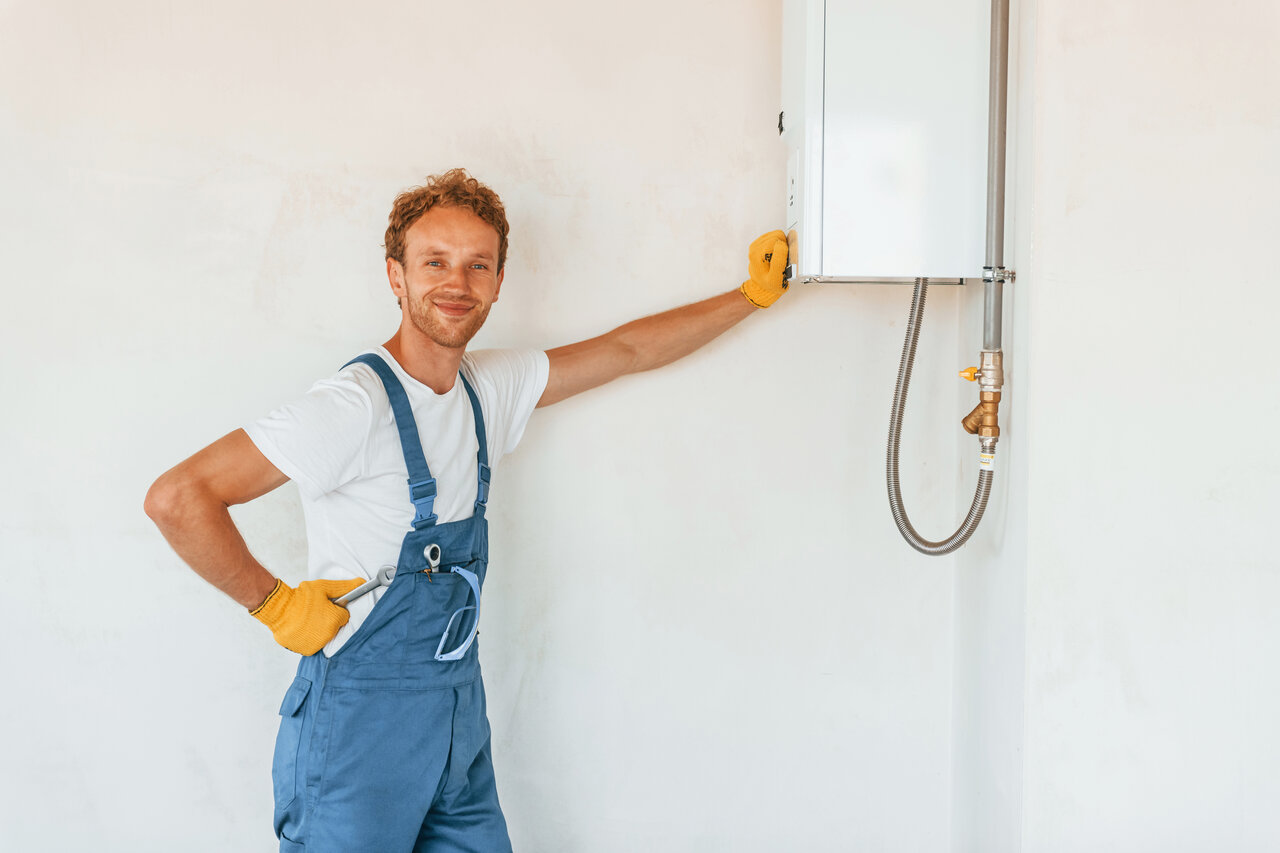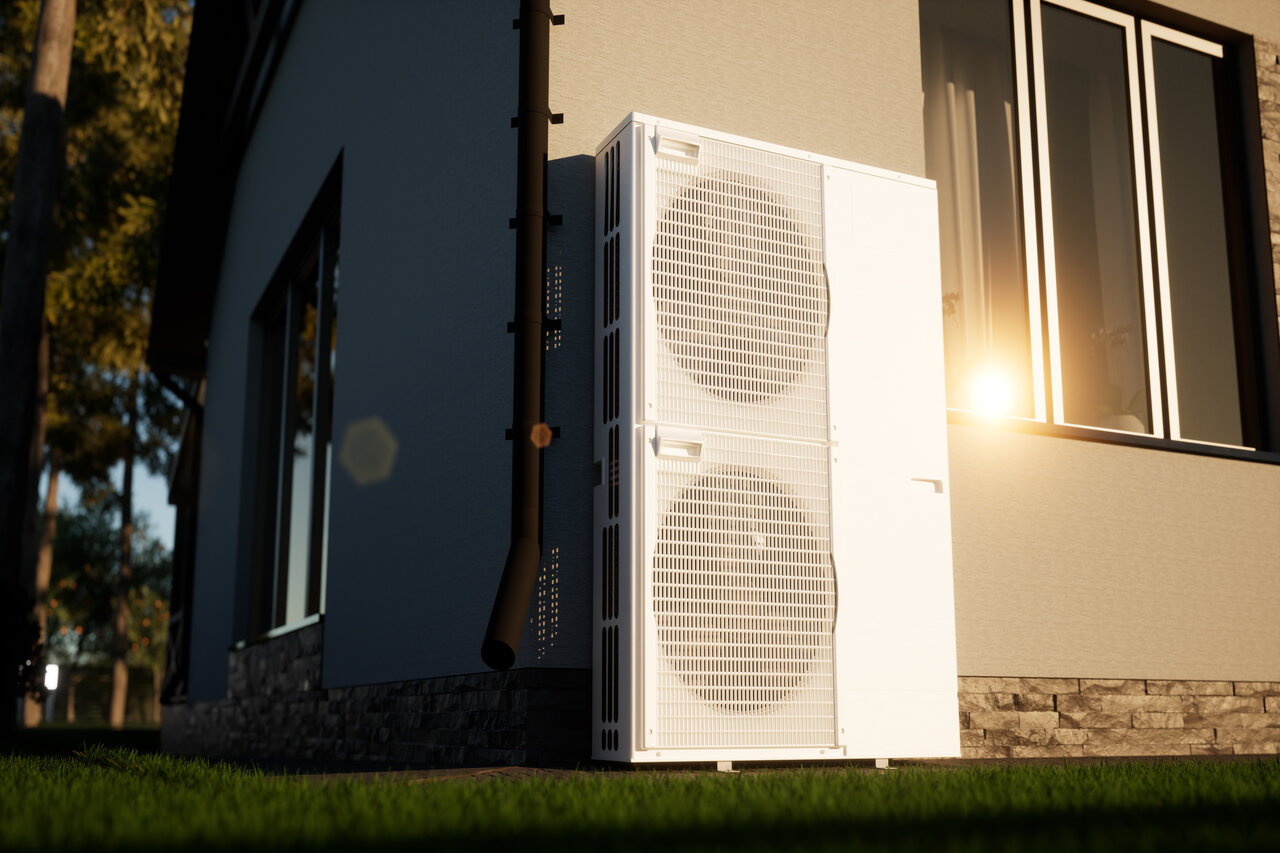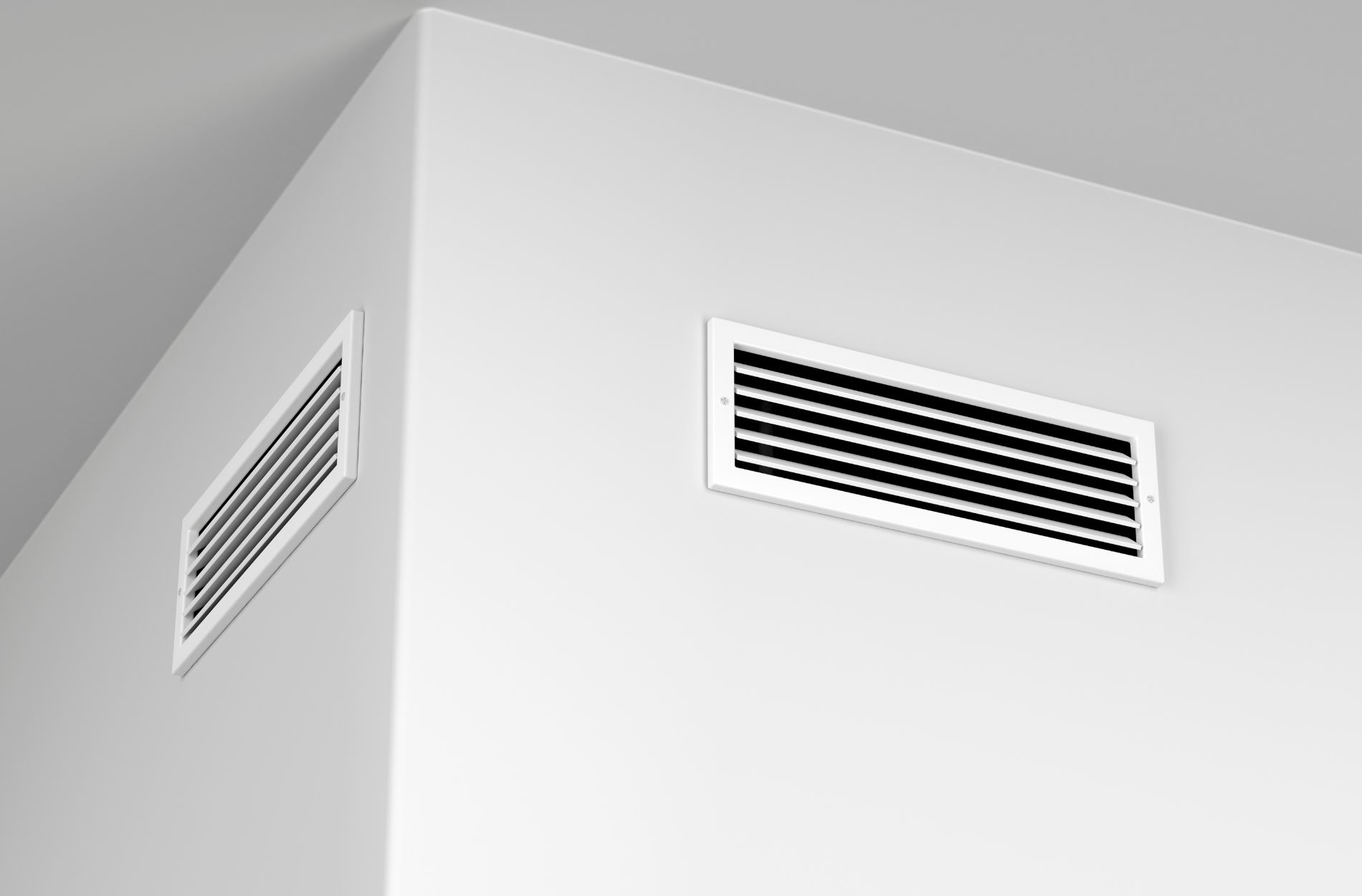Ductless heating systems have become increasingly popular among multi-family properties, offering an energy-efficient, cost-effective, and versatile solution to maintaining a comfortable living environment. Despite their many advantages, ductless heaters, like any other heating system, require regular maintenance to guarantee smooth operation, maximize energy efficiency, and prolong their lifespan.
For property managers or landlords, understanding the nuances of ductless heater maintenance and the role that our professional services play in this process is essential. Learn the importance of regular ductless heater maintenance for your multi-family properties.
Understanding the Components of a Ductless Heating System
To ensure proper maintenance, it is important to understand the main components of a ductless heating system. These systems typically consist of the following:
- Outdoor Unit: This acts as the heat source and includes the compressor, condenser, and fan for transferring heat to or from the outdoors.
- Indoor Air Handling Units: These are responsible for delivering warm air to individual living spaces within the multi-family property. They contain essential components such as the evaporator coil and air filters.
- Refrigerant Lines: These lines connect the outdoor unit to the indoor air handling units, carrying refrigerant to facilitate the heat exchange process.
- Remote or Wall-Mounted Control: This allows users to control the temperature and settings for their specific living space, ensuring optimal comfort.
Implementing a Regular Maintenance Schedule
A crucial aspect of maintaining ductless heaters is adhering to a routine maintenance schedule. Here are some key tasks to implement as part of your maintenance plan:
- Inspect Air Filters: Air filters should be inspected every month, and depending on the findings, cleaned or replaced as necessary. This keeps indoor air quality at optimal levels and reduces the strain on the system.
- Clean the Indoor Air Handling Units: Regularly cleaning the indoor units will prevent the buildup of dust and dirt that could negatively impact the efficiency of the system. In particular, ensure the evaporator coils and condensate drain lines are clean to avoid any water damage or mold growth.
- Check the Outdoor Unit: The outdoor unit should be kept free of debris and vegetation to ensure optimal airflow. Routinely inspect the unit for any damage or obstructions that could impede its operation.
- Monitor the Refrigerant Levels: Proper refrigerant levels are essential for efficient heating. Consult our professionals to check the refrigerant lines and address any leaks or issues that may arise.
Maximizing Energy Efficiency with Proper Maintenance
Thorough maintenance of ductless heaters is essential in maximizing energy efficiency for multi-family properties. Here are some tips for achieving maximum efficiency:
- Ensure Proper Insulation: Adequate insulation within the property will significantly impact the heating efficiency of the ductless system. Make sure that walls, windows, and doors are well-insulated to minimize heat loss.
- Utilize Zoning Capabilities: Ductless heating systems can be tailored to heat specific living spaces at varying temperatures. Utilize this zoning feature to efficiently create comfortable living environments for all tenants according to their preferences.
- Optimize Temperature Settings: Encourage tenants to set their thermostats to energy-saving temperatures, such as lowering the temperature while they’re away or sleeping. A programmable or smart thermostat can help facilitate this process.
- Invest in Energy-Efficient Equipment: When considering upgrades or replacements, choose equipment with high energy efficiency ratings. This investment will save money in the long run by reducing energy consumption and utility costs.
The Importance of Hiring Professional Maintenance Services
While some basic maintenance tasks can be managed independently, the expertise of our professional technicians is invaluable in ensuring the performance and longevity of your ductless heating system. Here’s why:
- Comprehensive System Evaluation: Our technicians possess the skills and knowledge to conduct a thorough inspection of the entire system, identifying any potential issues that may require attention.
- Expert Troubleshooting: Our professionals have the experience to diagnose and troubleshoot complex issues that may arise, preventing costly repercussions in the future.
- System Optimization: With the right tools and knowledge, our technicians can optimize the performance of your ductless heating system, extending its lifespan and ensuring maximum efficiency.
- Safety Assurance: Hiring our professional technicians guarantees that your system will be serviced and repaired safely, adhering to industry guidelines and avoiding potential hazards.
Selecting the Right Maintenance Plan for Your Property
To choose the most appropriate maintenance plan for your ductless heating system, consider the following factors:
- Property Size and Usage: Larger properties or those with higher system usage may require more frequent maintenance to ensure optimal performance.
- System Age and Condition: Older systems or those with persistent issues may necessitate additional attention to prolong their lifespan and maximize efficiency.
- Financial Considerations: Budget constraints can impact the type of maintenance plan you select. However, it is essential to weigh the long-term benefits of regular maintenance against potential repair or replacement costs.
Conclusion
Regular maintenance of ductless heaters is crucial for multi-family properties to provide a comfortable, energy-efficient environment for tenants and maximize the system’s performance and lifespan. By implementing a maintenance schedule, optimizing energy efficiency, and enlisting our professional services, you can protect your investment and ensure tenant satisfaction.
If you’re ready to schedule a ductless maintenance service in Lake City, FL, and surrounding areas, or want to learn more about our offerings, contact our professionals at Lane Heating And Air today!




